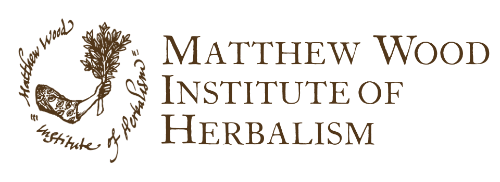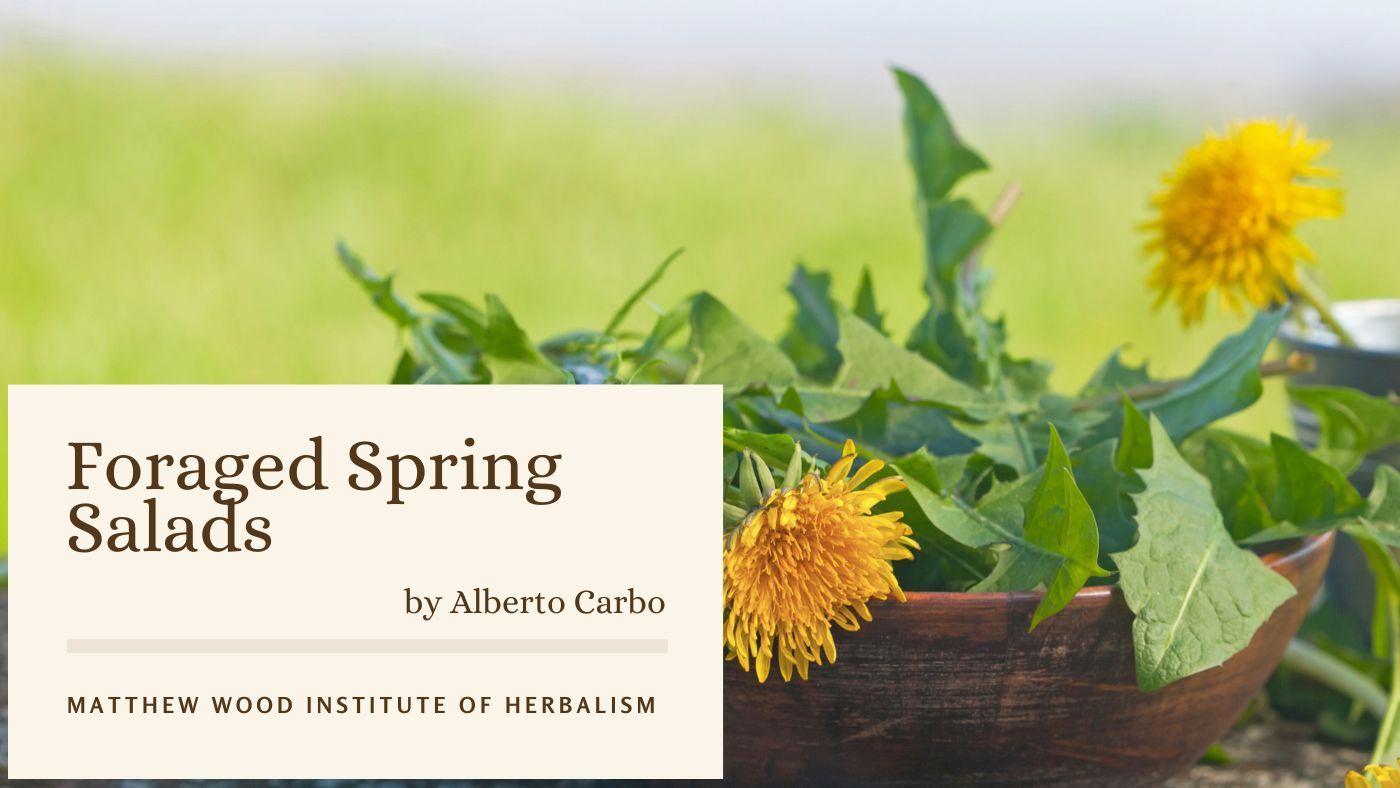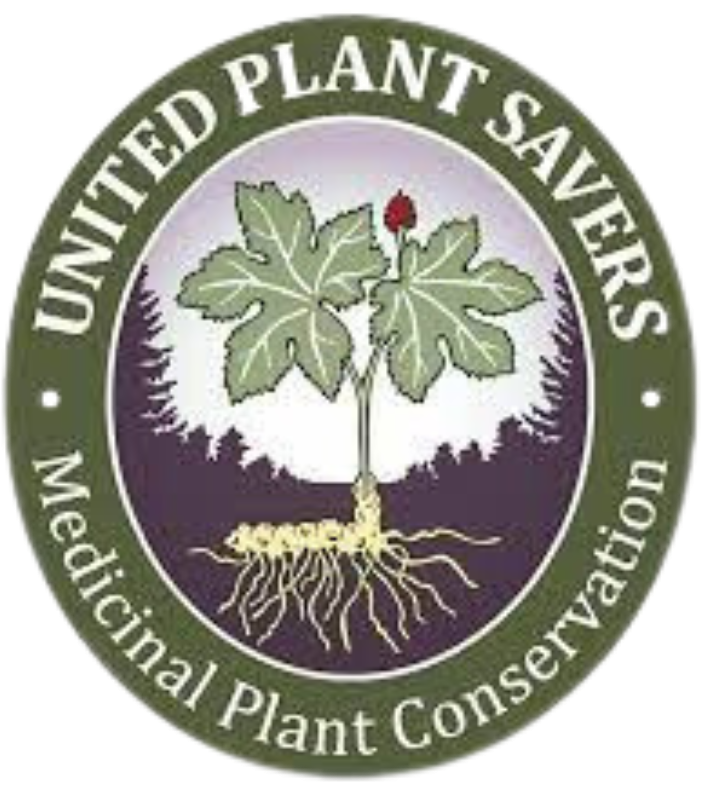Jump to Recipe
After long dark days, the withering of plants, browning of leaves, and heavy snowfalls (for some), spring begins to germinate, and her palpable energy courses through the land. Leaf buds patiently await their moment to unfurl, roots begin to awaken, and the birds chirp with enthusiasm. It is a feeling unlike any other, one of excitement for life, growth, and diversity.
For us plant folk, this time is sacred, we look forward to it all winter long, and our senses tingle with excitement at the mere thought of sticking our hands in the soil once again. The Earth rewards our patience with an abundance of fresh tender leaves and shoots that would make any professional gardener blush, and one that lends itself perfectly for salads. These flavor-filled green friends are full of nutritious vitamins and minerals, as well as essential oils and stimulating tastes that invigorate the body by stimulating digestion and elimination, aiding us in transitioning from the slow sleepiness of winter, into the vibrance of spring.
As with any culinary endeavor, familiarity with your ingredients is the key to combining flavors and textures into a palatable experience, and it is incredible to see how people react when they try a spring salad made with wild greens. The quality of your ingredients is equally important. Make sure to gather the young tender and succulent growths - that they are vibrant and perky, and that you are using the edible portions of the plant.
Below are some of my favorite plants to use for salads, broken down into different taste categories. I usually use the mild plants as the bulk of my salad and contrast with sours, bitters, pungents, and aromatics. Feel free to combine them in whatever ratios you desire!
Below you can find some of my other foraged spring recipes for one of my favorite salad toppers and infused vinegars.
You can also learn about "Tasting and Sensing Herbs" with Lori Rose, PhD in the free introductory class to the Herbal Medicine Making Course. Lori did some additional classes on specific plants two of which are linked below.
Foraged Spring Salad
As always make sure to forage for plants away from roads and pollution as much as possible. Never overharvest any plant, as they are of course not only here for our enjoyment, but also here for the insects, bees, and birds. Have fun out there!
**Permissions**
You’re welcome to share this blog post on social media and link back to it—please do! All images, photos, and written content are the creative property of the author and used with permission. If you’d like to reproduce or distribute any part of this content beyond social sharing, written permission is required.
**Disclaimer**
The information provided in this digital content is for educational purposes only and is not intended as medical advice, diagnosis, or treatment. It should not be used as a substitute for consultation with a qualified healthcare professional. Always consult a licensed healthcare provider before making any changes to your health regimen, especially if you are pregnant, nursing, taking medications, or have a diagnosed medical condition.
Matthew Wood, the Matthew Wood Institute of Herbalism, Earth to Stars Productions, and their employees, guests, affiliates, and collaborators assume no liability for the use or misuse of any information presented. The application of any material is solely the responsibility of the reader or participant.
Any descriptions of herbal or natural products, remedies, or techniques are for informational purposes only. These statements have not been evaluated by the Food and Drug Administration (FDA). This content is not intended to diagnose, treat, cure, or prevent any disease.
Participation in educational programs or use of this material does not confer certification, licensure, or professional qualification in herbal medicine or any healthcare field. Results or experiences described may vary and are not guaranteed.
This disclaimer shall be governed by and construed in accordance with the laws of Minnesota, USA, without regard to conflict of law principles.


